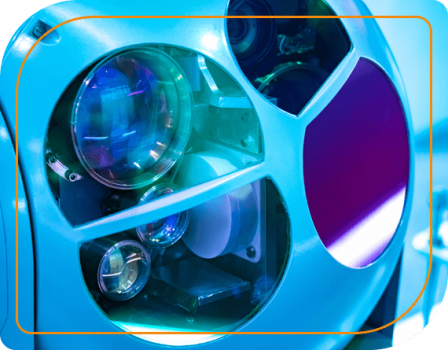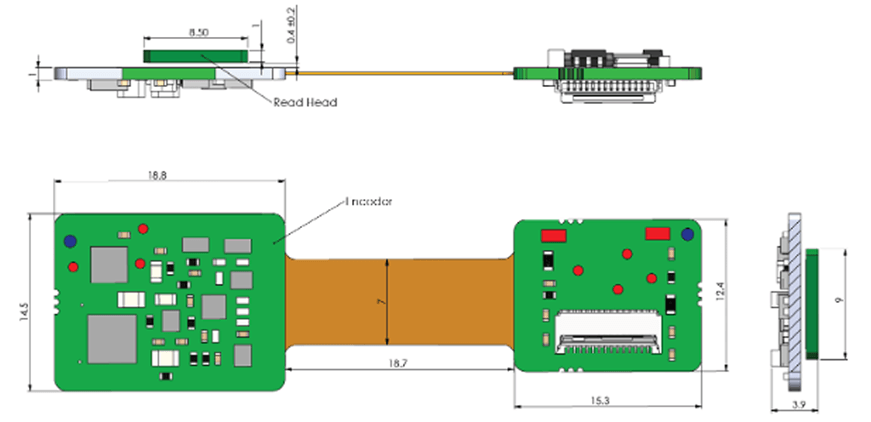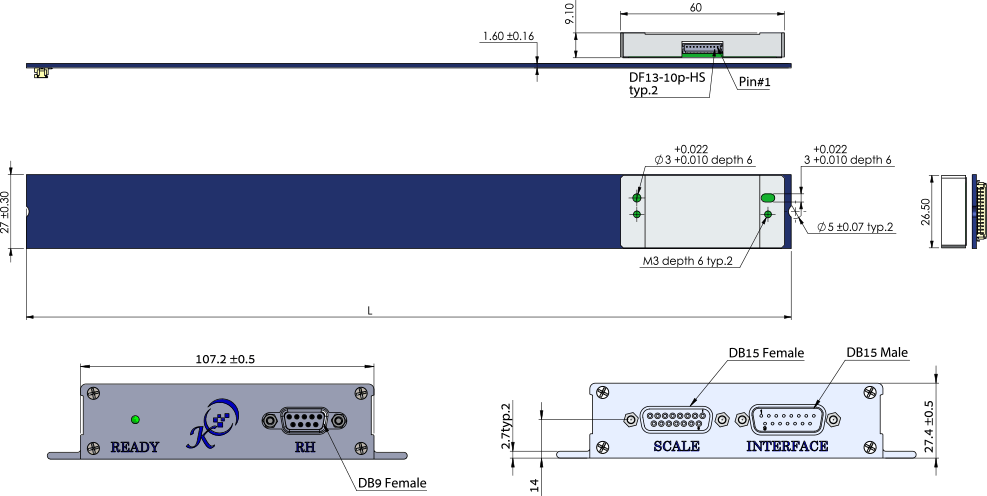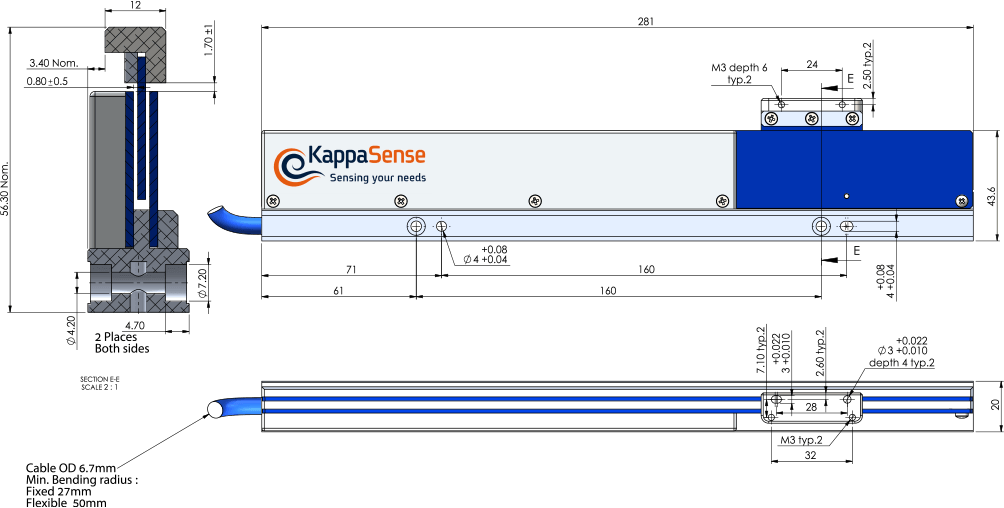Home > Applications > Capacitive Linear Encoders for Optical Mechatronic Systems
Applications

In general, optical mechatronic, or opto-mechatronic systems, are those that integrate optical components with high-precision mechatronics systems. Examples of the use of optical components in such systems include measurement of mechanical properties and adaptive photography.
The primary idea behind these systems is that the optical sensor is moved in order to enhance or correct the measurement or sensing being done. An example is segmented mirrors as used in large diameter optical telescopes. While segmentation is necessary above a certain mirror diameter, segmentation also facilitates corrections on one or more segments.
A challenge in automated optical systems is achieving the correct focus on objects that vary in distance relative to the primary optical sensor. Focusing is perhaps best known as a rotary function that moves part of a camera lens. This rotary function – turning the lens focus mechanism – creates linear motion of the focusing lens.
Consider, however, the possibility of the lens being directly mounted on a linear actuator. The lens can be driven back and forth independently of the primary sensor. In security cameras, for instance, clarity of the image is a constant challenge. In systems where the focusing lens can move on a micro linear actuator, the image quality can be greatly improved.
The μFREETM capacitive linear encoder is ideally suited for use in opto-mechatronics integration for metrology. It is a miniaturized linear encoder with a readhead that is completely passive and cable-less. It offers super-compact size and height, which allows engineers to design a linear measuring solution that makes best use of space constraints while enabling precise linear motion of an optical sensor.
Benefits of the µFREEe™ capacitive linear encoders from KappaSense include:


